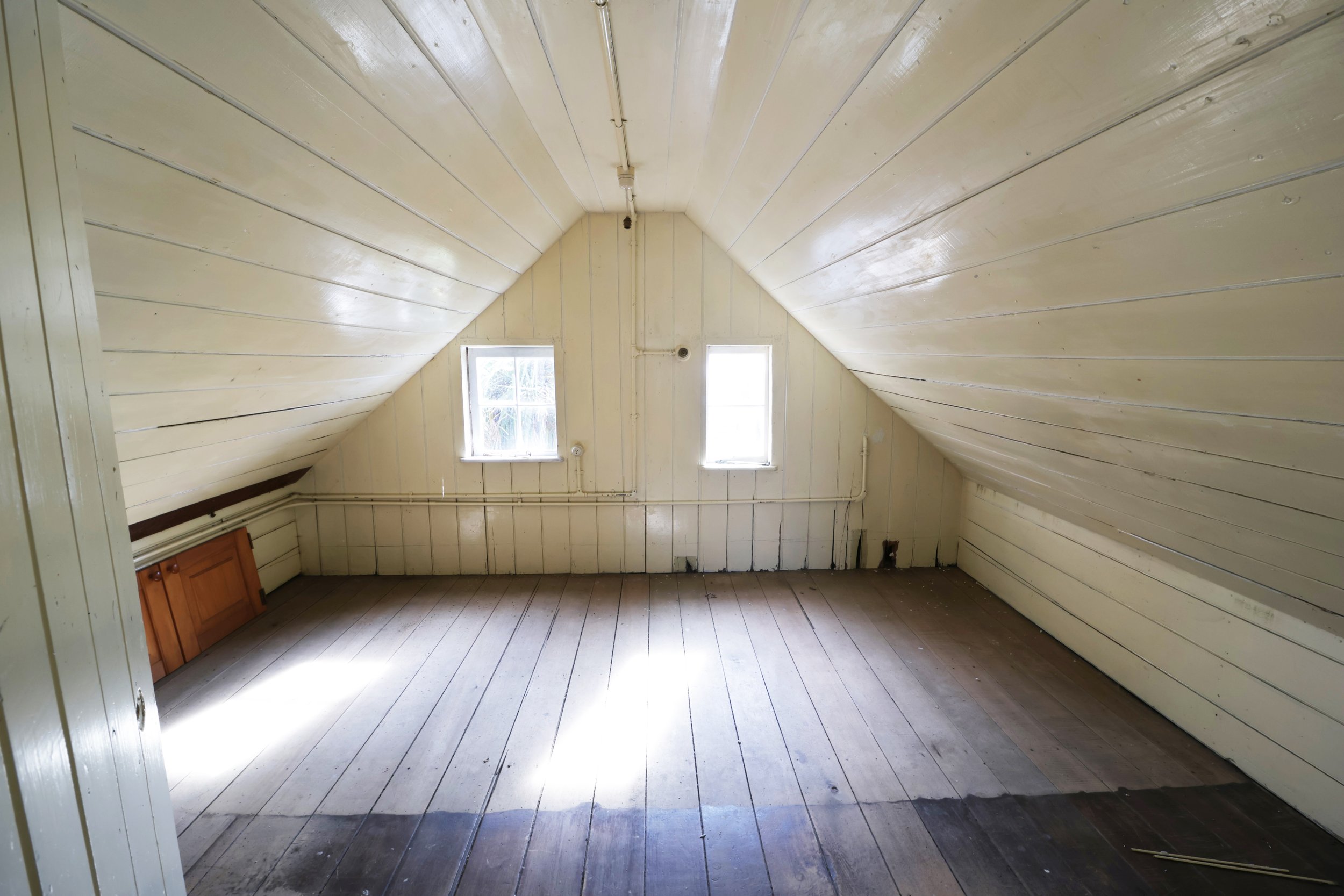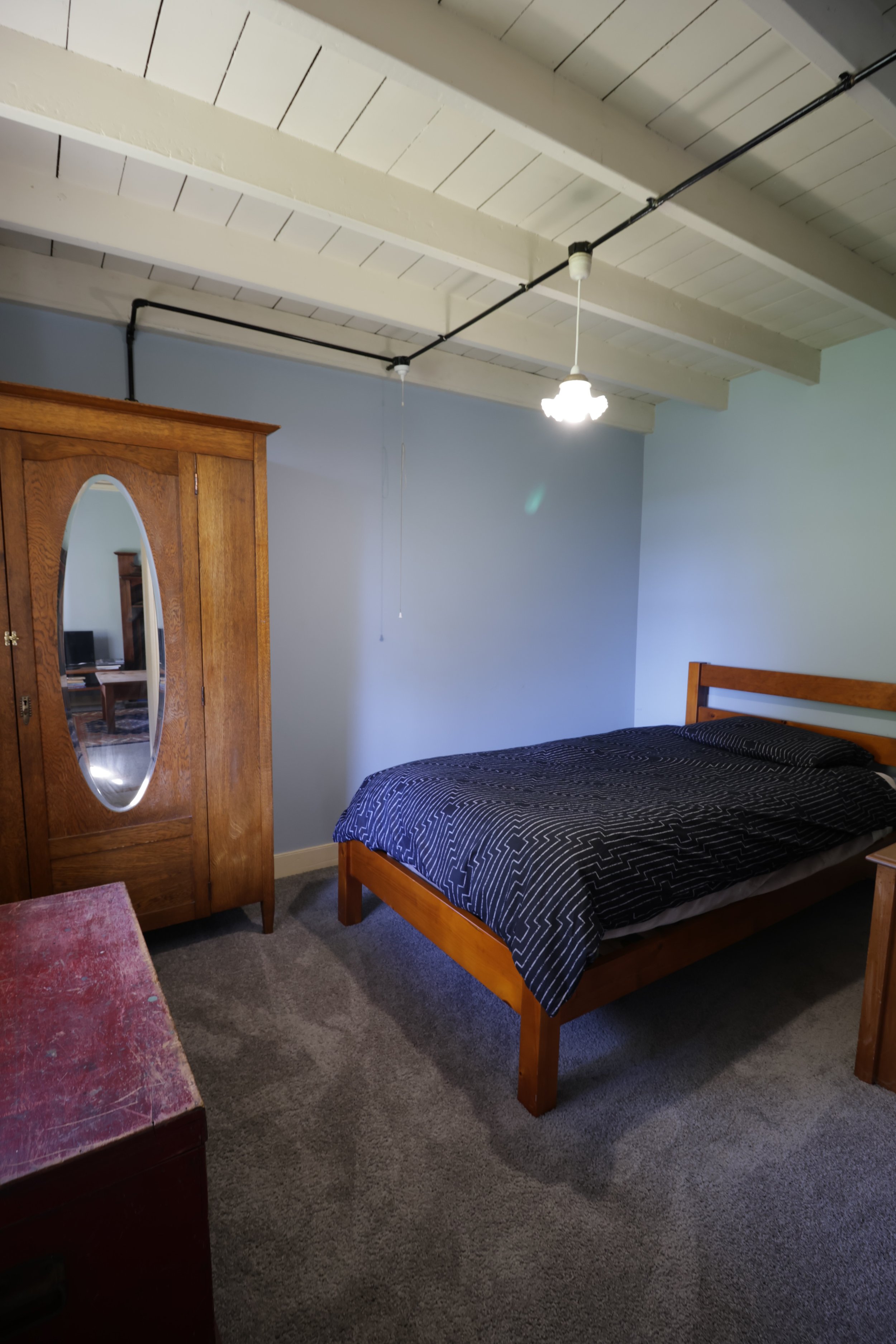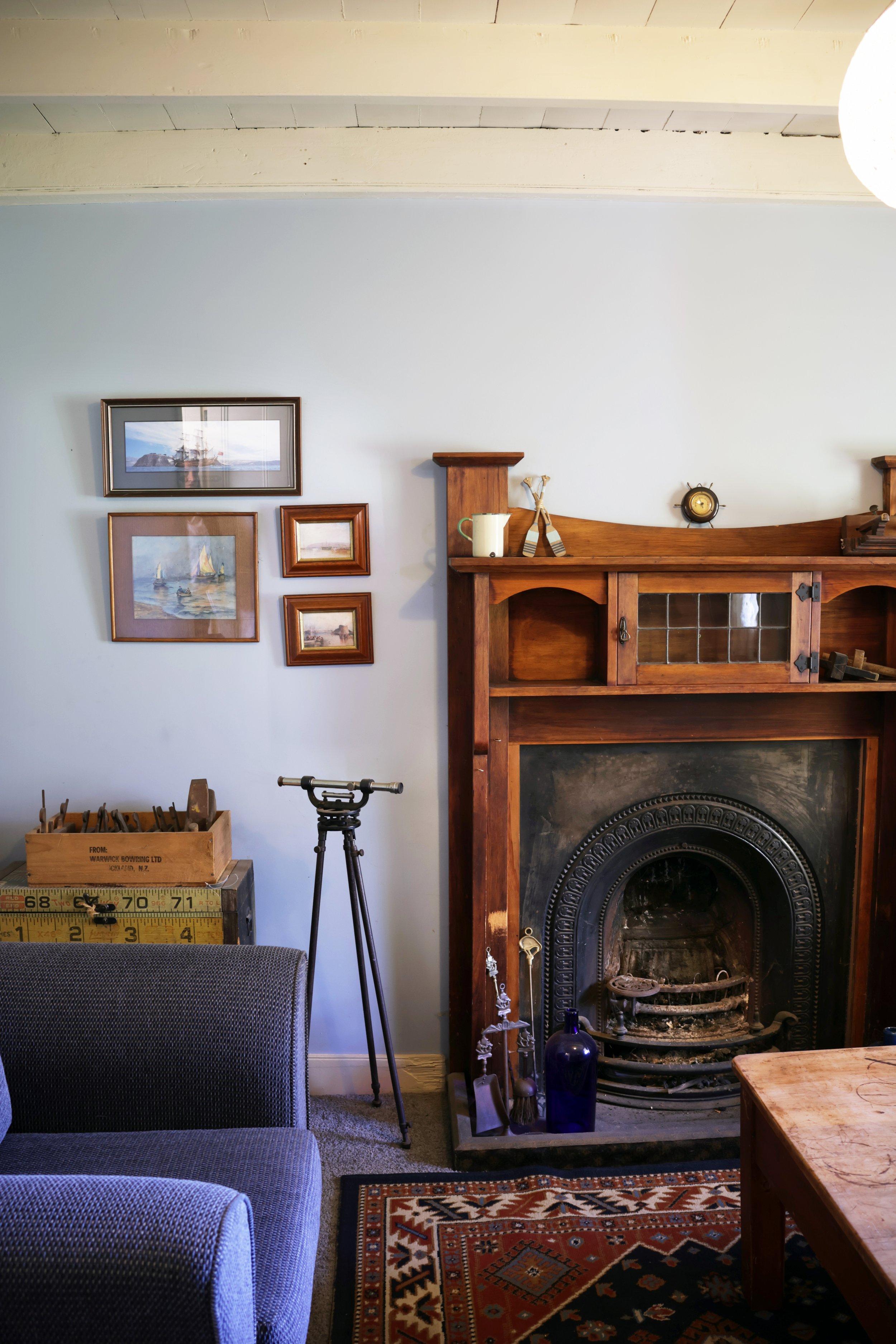Keeping Character In Kaiapoi
Words: Pattie Pegler
Images: Dorothy McLennan
Heritage homes are a little slice of history – yet all too often they’re neglected and destroyed for short-sighted financial gain. That’s probably why there aren’t that many of them around and it makes the sight of a perfectly preserved cottage in Kaiapoi even more striking. The Williams Street cottage has category 1 Heritage listing and continues in use as a private residence to this day.
Current owner, Dave Pearson, is a heritage architect – so the home is in good hands. Dave has worked extensively in Christchurch since the Canterbury earthquakes of 2010-2012 and has been involved in the restoration of a number of significant heritage buildings, including a $500 million restoration and seismic upgrade of the buildings that comprise the Christchurch Arts Centre. So he knows a thing or two about old buildings.
The timber cottage tucked back from the road behind a white picket fence offers a glimpse of history and how ordinary people used to live. It was originally built around 1871 and most sources seem sure it was constructed by William Dickie, a local labourer.
One thing is for sure – they made use of every bit of floorspace in the 1800s. There are no wasteful entry halls or corridors, instead the front door leads straight into the living room. Also on the ground floor there is a bedroom, dining room, kitchen, bathroom and even a study area. A very narrow staircase, more like a ladder, leads up to two further bedrooms that sit directly below the roof line. There’s a lot fitted in this small space and it's set on a relatively large section which would have been used to grow fruit and vegetables for the family.
As with most old homes, it has been added on to throughout the years and things have been moved around. Records suggest it was sold in 1873 and passed through a line of owners before the Thompson family bought it and lived there from 1925 to 1989. It then changed hands a number of times until Dave bought it in 2013.
Since then Dave has been diligent about preserving the cottage. It has been painted outside, sash windows have been repaired and the iron lacework around the top of the verandah has been replaced where it had deteriorated beyond repair. Most recently the brick chimney has been rebuilt at one end of the house. He is helped with these tasks by Sharon, who manages the property for him when he is away.
Inside the cottage has been freshly painted downstairs and the next project, says Sharon, is to paint the two upstairs rooms. A task made challenging by their compact size and height.
Maintaining and restoring an old cottage is not easy – says Sharon, great attention needs to be paid to little details – like the type of bricks used to rebuild the chimney and the colour of paint used on the exterior. Colours for the painting were mostly chosen from the Resene Heritage selection – which seeks to offer colours that were typically used in particular periods of history. In the 1870s people didn’t tend to have the bright colours we might see on houses now – yellow front doors and red trims. Instead colour ranges tended to be more limited and slightly more muted. The exterior scheme for the cottage was chosen with all this in mind – the porch is painted in Resene Burnt Sienna and the front door in Resene Ivy Green.
We first spotted this home in an old book about character homes – New Zealand House & Cottage by Dan Donovan. Donovan tells how one of the owners prior to Dave Pearson had restored the sitting room – “he removed and preserved samples of twelve separate layers of wall-covering, the earliest of which were sheets from the London Times of 1866.”
The book, which was published in 1997, contains a beautiful coloured sketch of the cottage. It’s a testament to the care and foresight of the consecutive owners of this cottage – that it is instantly recognizable today, offering a glimpse into history for us and future generations.









